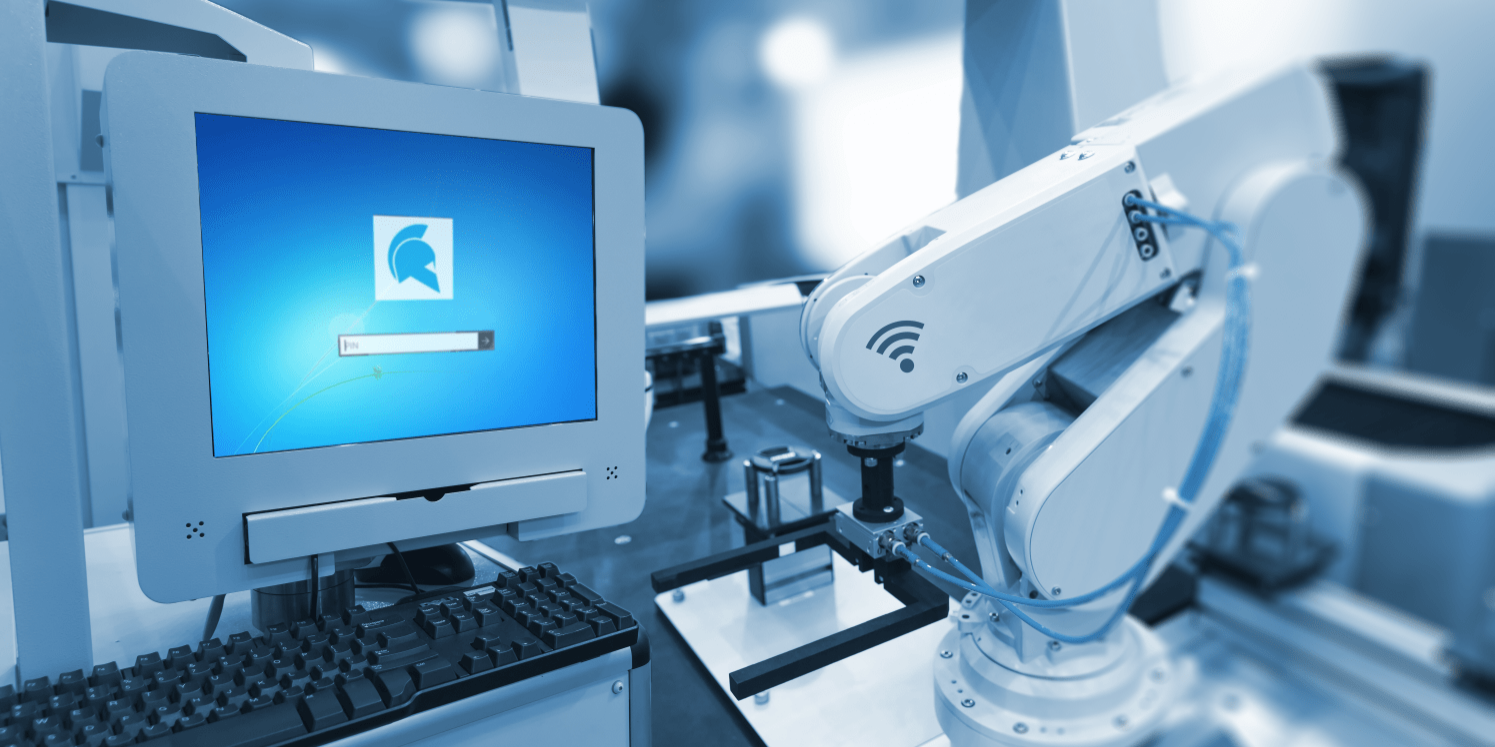
Improving Security in Shared Computer Environments: Best Practices for Manufacturing and Healthcare IT
In fast-paced realms like manufacturing and healthcare, shared computer environments are a necessity. However, they pose unique cybersecurity challenges. For IT managers and cybersecurity professionals, ensuring robust security in these settings is crucial. This is equally important for compliance officers who must navigate mandates like HIPAA and CMMC (NIST). This article explores best practices for improving security in shared computer environments, focusing on industries where this is especially pertinent.
Understanding the Challenge
Shared computers in healthcare and manufacturing facilities are often accessed by multiple users for various tasks. This common usage can lead to significant security gaps. The primary issue is the lack of individual user accountability – when everyone logs in with shared credentials, tracking who accessed what and when becomes a challenge. This lack of traceability not only compromises security but also hinders compliance with regulations like HIPAA and CMMC.
Best Practices for Enhanced Security
- Implement Advanced Two-Factor Authentication (2FA):
- Advanced 2FA solutions can provide an additional layer of security. They require users to authenticate their identity via something they know (like a password) and something they have (like a security token or biometric data). This reduces the risk of unauthorized access.
- Adopt Robust Password Management:
- Effective password management ensures that even if credentials are shared, they are complex and changed regularly. Automated password management tools can enforce password policies without burdening users.
- User Activity Monitoring and Auditing:
- Implement systems that track user activities on shared computers. This helps in identifying suspicious behavior and ensures accountability.
- Regular User Training and Awareness Programs:
- Educating users on the importance of cybersecurity and best practices is crucial. Regular training can significantly reduce the risk of security breaches.
- Deploy Automated Locking Mechanisms:
- Auto-lock functions on shared computers can prevent unauthorized access when a workstation is left unattended.
Compliance Made Easier
For compliance officers, ensuring adherence to regulations like HIPAA and CMMC is a top priority. A solution like GateKeeper Enterprise aids in this regard by:
- Ensuring Individual Accountability: With individual user tracking, it becomes easier to maintain logs required for compliance audits.
- Enhanced Data Protection: Advanced 2FA and password management align with the stringent data protection requirements of HIPAA and CMMC.
- Audit Trail and Reporting: Automated logging of user activities provides a clear audit trail, simplifying the compliance process.
Conclusion
In conclusion, securing shared computer environments in manufacturing and healthcare requires a multi-faceted approach. By implementing advanced 2FA, robust password management, user activity monitoring, and regular training, organizations can significantly enhance their cybersecurity posture. Furthermore, these measures facilitate easier compliance with mandates like HIPAA and CMMC, making them indispensable tools for IT managers and compliance officers alike. Embracing these best practices will pave the way for a more secure and compliant operational environment.
Finally, see GateKeeper Enterprise advanced MFA in action.
Take a self-guided tour of how you can evolve from passwords. Then you're really saving time with automation.




